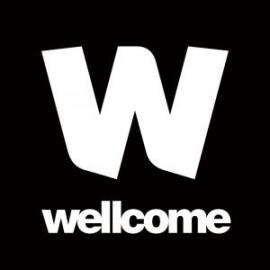- View more resources from this publisher
 University of Roehampton
University of Roehampton - View more resources from this publisher
 University of Lincoln
University of Lincoln - View more resources from this publisher
 York St John University
York St John University - View more resources from this publisher
 Wellcome Trust
Wellcome Trust - View more resources from this publisher
 Kyra Teaching School Alliance
Kyra Teaching School Alliance
Electrolysis - R2P
This resource provides a lesson plan showing how to use drama to teach about electrolysis. The approach used in the lesson is based on education research which is summarised in a separate research summary document.
The lesson outlines a sequence of activities and key questions to ask to help pupils understand the electrolysis of water, molten metal halides, and metal halide solutions.
By the end of the lesson pupils should be able to:
- describe what happens to ions in electrolysis
- describe the products of electrolysis of aqueous metal halide solutions
- predict the products of the electrolysis of molten metal halides and metal halide solutions
The research summary suggests that teaching through drama can help pupils overcome their difficulties in understanding complex , abstract, scientific concepts like electrolysis by improving pupils' visualisation and use of scientific language.
This resource is part of a collection of research informed secondary science lesson plans produced as part of the Research-2-Practice (R2P) project undertaken by research teams at the University of Roehampton, University of Lincoln, York St John University and KYRA research school, between 2020 and 2021, which was funded by Wellcome.
The overall aim of the project was to enhance the quality of teaching and learning in science by giving time-pressed teachers quick and easy access to relevant research to inform their practice and provide exemplar lesson plans to show how the research could be used in the classroom. More resources can be found here.
Show health and safety information
Please be aware that resources have been published on the website in the form that they were originally supplied. This means that procedures reflect general practice and standards applicable at the time resources were produced and cannot be assumed to be acceptable today. Website users are fully responsible for ensuring that any activity, including practical work, which they carry out is in accordance with current regulations related to health and safety and that an appropriate risk assessment has been carried out.
Downloads
-
Electrolysis - lesson plan 44.5 KB
-
Electrolysis - research review 125.59 KB




